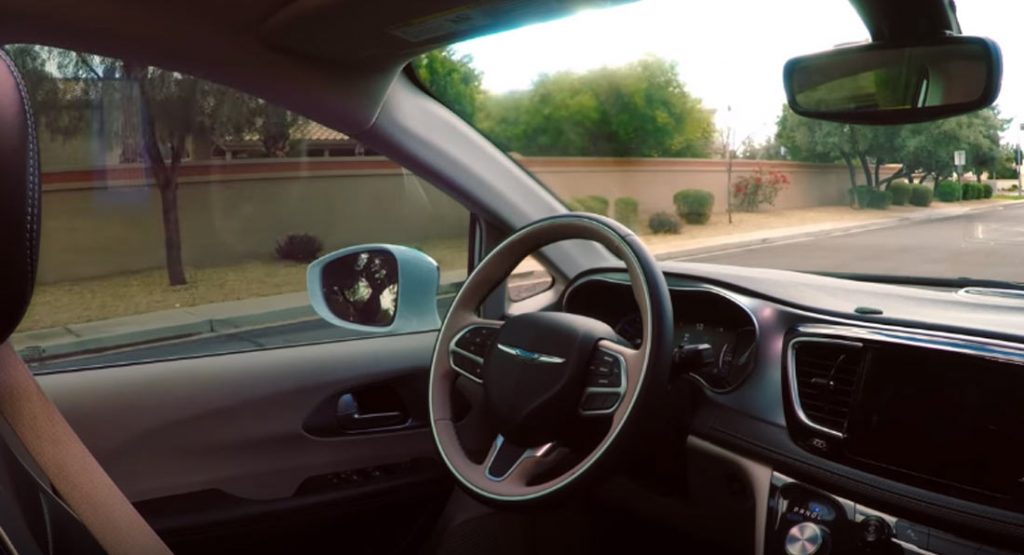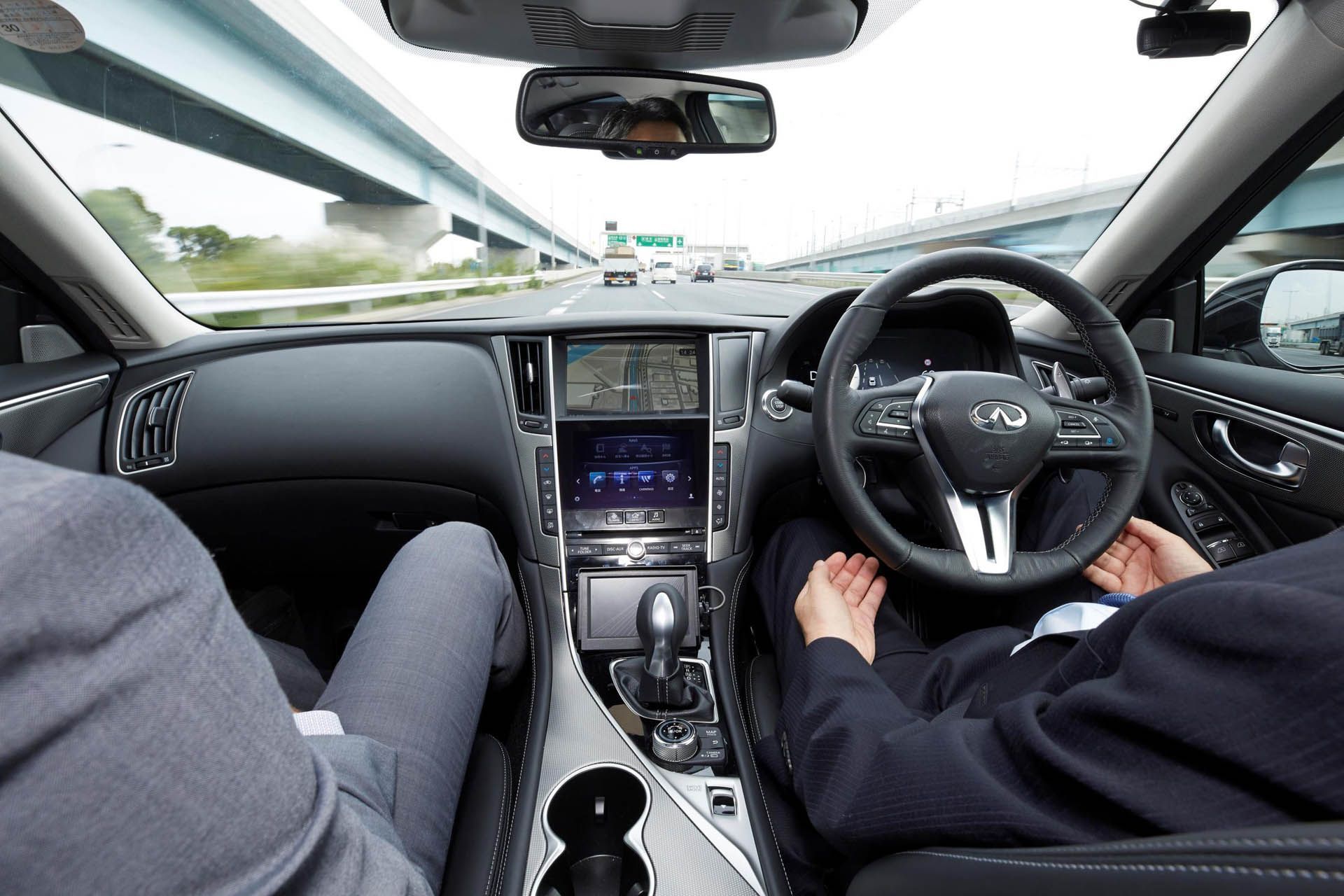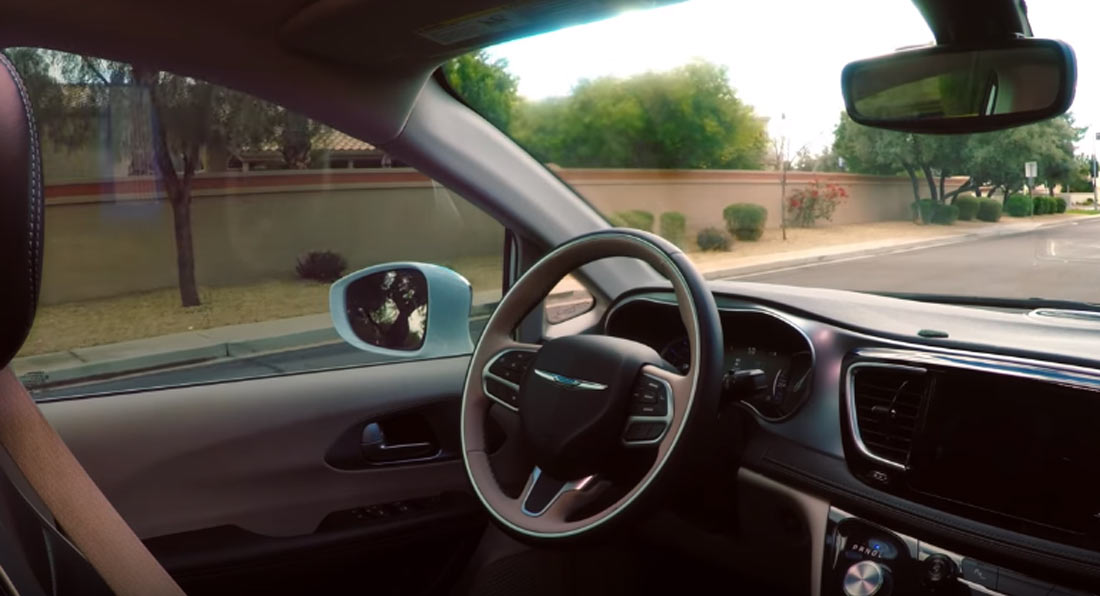Despite self-driving car technology having already claimed lives on the road, certain people within the industry think that it’s not the cars that need reprogramming, but the pedestrians themselves.
So what’s the problem, specifically? Apparently, it’s the fact that people can be unpredictable and make decisions that may seem completely illogical to a logic-based system or AI.
“What we tell people is, ‘Please be lawful and please be considerate’,” stated Andrew Ng, a machine learning researcher working within the industry. In other words, don’t jaywalk.
However, the idea that some people consider humans to be at fault for a certain technology’s shortcomings is simply indicative of how much work needs to be done moving forward.
“The AI we would really need hasn’t yet arrived,” stated Gary Marcus, a NY University professor of psychology who researches both human as well as artificial intelligence. He claims that people like Ng are “just redefining the goalposts to make the job easier,” and that in order to achieve safe self-driving cars is to “completely segregate them from human drivers and pedestrians,” like we do with trains, reports Autonews.
Meanwhile, a robotics researcher and professor at MIT, Rodney Brooks is also somewhat critical of Andrew Ng’s take on autonomous cars, saying that “the great promise of self-driving cars has been that they will eliminate traffic deaths. Now [Ng] is saying that they will eliminate traffic deaths as long as all humans are trained to change their behavior? What just happened?”
However, Ng will argue that humans have always modified their behavior in response to new technologies, including modes of transportation.
“If you look at the emergence of railroads, for the most part people have learned not to stand in front of a train on the tracks.” He also says that people have already learned that school buses are likely to make frequent stops and when they do, small children could run across the road in front of the bus, which leads to drivers acting more cautiously around these buses. He feels as though it should be no different with self-driving cars.
While both sides of the argument make sense, it’s clear that in order for the technology to work as intended, the two philosophies will probably have to meet in the middle.
“There should be proper education programs to make people familiar with these vehicles, the ways to interact with them and to use them,” added Shuchisnigdha Deb, a researcher into advanced vehicular systems.






